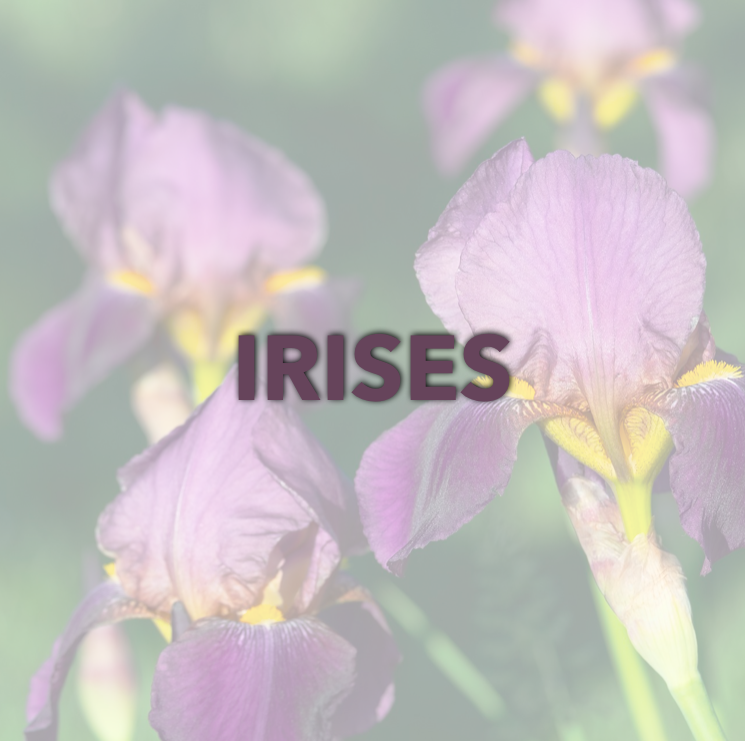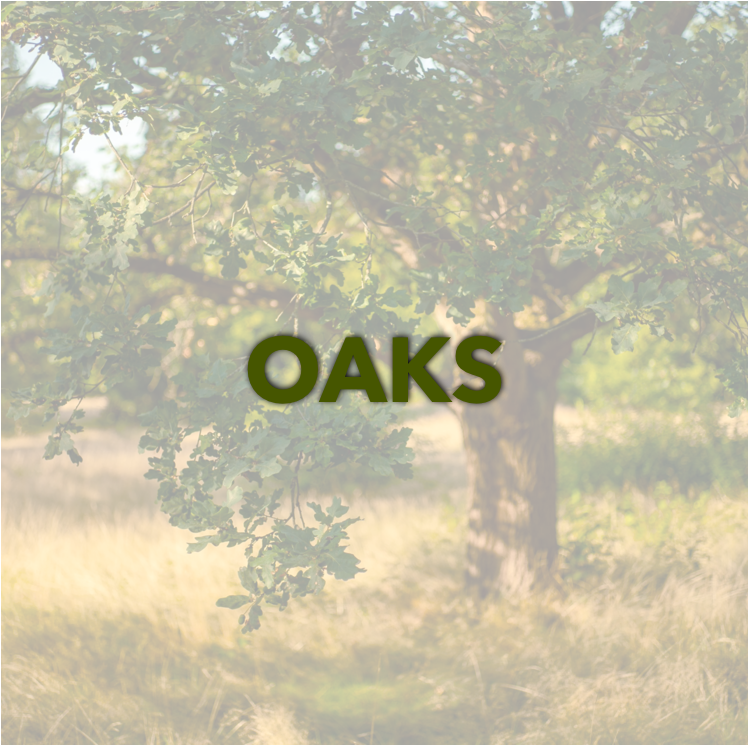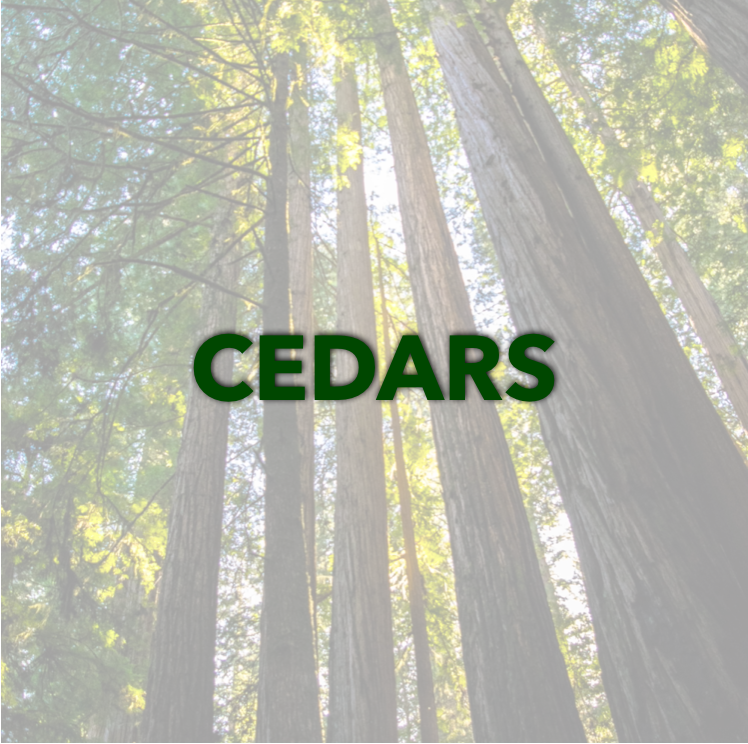SEASON CLASSES :
SEPT - APRIL
Registration for the 2025/26 Season is now open!
Classes began September 2nd. The final date to register for all recital-participation classes is January 9, 2026.
Two pathways provide flexible involvement options and myriad opportunities for exceptional training in a safe environment. Dancers in all classes are taught that their interests, abilities, and talents can all be used to glorify God and worship Him.
NURTURE PATH
Start here! These classes provide the environment for any student to nurture their love of dancing in wonderful classes with minimum participation requirements.
LEARN MORE →
CULTIVATE PATH
Cultivate your dancer's love of dancing and full skill potential with enriched training leading to greater performance and missions opportunities.
LEARN MORE →
DANCE WITH ME CLASSES
Ages 1.5 - 3
For the littlest dancers! Introduce your toddler to ballet in a fun environment with you by their side. These creative movement classes foster connection in a shared activity.
LEARN MORE →
BOUQUET CLASSES
Adaptive Dance
These classes are specifically tailored to provide an environment of dance exploration for children with learning differences or other unique needs.
LEARN MORE →
ADULT CLASSES
Ages 17+
For anyone fulfilling a childhood dream, returning after an absence from the studio, or continuing a well-tended love of ballet. Now includes an optional performing opportunity!
LEARN MORE →
NURTURE PATH
Begin your Doxa experience by finding the right class for your dancer by age group. Dancers begin their journey along the Nurture pathway and are invited to the Cultivate pathway based on teacher evaluation and family commitment to codified Cultivate requirements.
In the Nurture pathway, teachers ensure that the fundamentals of movement and ballet placement are thoroughly explained with age-appropriate presentation and repetition. Classes are designed to require no prior experience regardless of the age group, but even those with prior experience will grow in their knowledge and technique! Dancers are educated in standard ballet class etiquette, the approach and mindset expectations for Doxa classes specifically, and the faith-centered Doxa culture - so that whether they have prior experience in another setting or not, they are able to thrive in the nurturing environment at Doxa.
CULTIVATE PATH
In the Cultivate pathway, dancers travel along this more comprehensive leveled path through evaluation, as they are "planted" with other dancers working on similar skills. Whether placed in the same level or a new one, each season brings a new grouping of peers to encourage and challenge each other constructively.
Dancers enter the Cultivate path by recommendation from their teacher and maintain their earned level by meeting codified requirements. Participation in Cultivate is a combination of the dancer's desire & motivation, the family's commitment to the schedule & criteria, and the teacher's evaluation of dancer readiness. Exhibiting an approach of excited discovery and an eager-to-learn mindset are assumed expectations on this path, and dancers are encouraged to use these developed skills to reach their full potential as dancers and lifelong learners.
Dancers can opt for a less demanding route in the Nurture pathway at any enrollment juncture, creating flexibility for busy families based on dance training goals.
BOYS CLASSES
All-boys classes focus on classical ballet technique with an additional emphasis on jumps, turns, male stage presence, and preparation for partnering. All boys are required to take a co-ed class; boys-only classes are optional extensions to their co-ed technique class. Age-based classes correspond with the Nurture pathway. Sometimes groups are combined.
DECISION GUIDE
DECISION GUIDE
NURTURE or CULTIVATE?
NURTURE or CULTIVATE?
How do I know what pathway is best for my dancer and our family?
Select the statement(s) below that most apply to you, and you'll see our recommendations and feedback based on those questions.
No need to decide yet! There is only one path option for this age range. NURTURE path classes are all divided by age group, so just select the one that matches your dancer's age as of early September in the season of enrollment.
However, feel free to look at other statements below as you consider opportunities and requirements in future seasons for your dancer!
Dancers take at least one year of Daisies before being considered for the Cultivate level of Bluebonnets. Invitations are based on teacher evaluation and level capacity - read more on the Policies page under Level Placement.
NURTURE classes provide a space for friends to take dance class together, as long as they fall within the same age range and enroll before the class fills up (capacity restrictions cannot be exceeded).
For CULTIVATE classes, we do not recommend that this reasoning be a primary concern. Dancers all progress at different rates, and may or may not move along the pathway identically with friends. Friends could coordinate similar schedules and play together after class, for example. The studio time is primarily learning time, and we want to emphasize that purpose in all of our classes.
The CULTIVATE path is designed to prepare students for opportunities in dance beyond high school. Any student that completes the requirements for the Cultivate pathway should be well equipped for excellent college dance programs.
We also encourage these students to audition for summer intensives starting around age 11 or 12. Doxa Instructors can give recommendations for both secular and faith-based programs that provide high quality instruction and a way for students to diversify their training.
NURTURE path classes are a wonderful option for families for whom dance is one of several activities in which they are involved. Dancers can enjoy class once per week without constantly juggling multiple conflicts and sacrificing one activity for another. It is also an option for students in the Nurture path to take two classes a week, and in some levels a supplemental genre class like character or contemporary, but without the extensive time commitment of story ballet rehearsals which occur outside of class time.
This is an example of why the NURTURE path exists - a dancer can begin at ANY age! Lilies is for dancers 10 to 12, and Poppies is for ages 13 to 16. Dancers in these age ranges are able to join a class without having to "catch-up" to much more experienced younger dancers.
Dancers who are new to Doxa but have previous experience elsewhere will begin in the NURTURE classes to provide the opportunity to acclimate to Doxa culture and expectations, which may differ from their previous studio or program. If dancers need to be placed in another level, Doxa Instructors will extend an invitation to consider CULTIVATE classes when they feel the dancer has demonstrated maturity and readiness for those classes. This could be as soon as the end of the first semester or first full season at Doxa. Dancers who desire to be considered for those classes will show the motivation to move levels through their approach, mindset, and attitude in class!
As long as your dancer is about 8, 9, or older, this is a great sign that considering CULTIVATE classes might be a good fit for your dancer. Be sure to discuss the requirements for Cultivate levels as a family and consider your overall schedule. But desire is absolutely a big part of choosing the Cultivate pathway, and we are excited to see students rise to the expectations set for them as they grow and learn in a robust training program!
Absolutely - a family can be involved in both the NURTURE and the CULTIVATE pathways. This is common when older and younger siblings are involved! Some won't be at the point yet where Cultivate classes are even an option. Others just may want one day per week while their sibling wants more dance training.
Our multi-dancer family discounts still apply in age order, regardless of who is taking what class load.
The NURTURE pathway has a class for adults! Anyone ages 17 and older can take the Sunflowers level class. This is the same adult class we have offered in the past, but now it includes the option to perform in the annual recital for those who are interested! This is truly optional - those not wishing to perform will enroll in the 55-minute technique class portion only; those who do want to perform add the 30-minute choreography segment for a full 85-minutes of instruction.
This level will work on recital choreography for the full season in the choreography segment. The Fall will involve learning combinations and segments that will be pieced together into a dance in the Spring. Essentially, they have all year to learn their dance, and students can decide to add that portion anytime in the fall. We are excited to offer our adult students the experience of worshipping through dance in a corporate setting like the rest of our students!
The Poppies level (ages 13-16) on the Nurture pathway is set up this way, too. We hope that this approach provides an opportunity for students to feel adjusted, confident, and have time to decide if they want to perform.
If this is the case, then you definitely want to consider the CULTIVATE requirements and classes. Story ballets occur once or twice a season, and casting will be limited to Cultivate students, starting with the highest levels first. The opportunity to audition or be considered for a particular story ballet production will be communicated at the outset and a Production Participation Fee (usually $50) is required.
Cultivate classes require students to demonstrate a higher level of commitment, discipline, and ownership in their own progress. Part of the payoff (other than the life lessons learned from the experience of these classes themselves) is the opportunity to participate in the story ballets.
This pathway structure is also designed to help us more clearly communicate the extensive time commitment of story ballet participation. It's a lot of time, and we want to make sure families are making their decisions to participate with as clear an understanding of that commitment as possible! Participation is always optional, and dancers with seasonal outside activities may choose to participate in some story ballets and forego others.
All dancers in both pathways (Sweet Peas and up) have the opportunity to perform annually in the recitals.
Recital involvement is available to both NURTURE and CULTIVATE dancers! Recital participation starts in the Sweet Peas level. Costume cost is factored into tuition for Sweet Peas through Irises, and every participating dancer in those levels gets to keep their costume!
The age groups in the NURTURE pathway designate the age of the dancer at the start of the season in September.
With this pathway model, a student would be in Buttercups for 2 seasons, Daisies for 3 seasons, Lilies for 3 seasons, and Poppies for up to 4 seasons.
In learning ballet, you can think of the process as a combination of exposure and refinement. It is not the same as repeating a grade level in school. A student's learning in the same level for multiple years would look something like this:
- Year 1 : mostly exposure to new concepts, steps and terminology; a little refinement takes place.
- Year 2 : a combination of exposure to new concepts/steps and refinement of current knowledge; more refinement occurs as students understand and apply the finer details of technique to their own execution.
- Years 3-4 : mostly refinement! This is actually the point at which a dancer may experience the most growth as they fine tune the way each step is built and properly executed while maintaining proper alignment, placement, and turnout.
In the CULTIVATE pathway, this process is ideally condensed into a shorter time period, because a student is training with greater frequency (multiple times per week) and supplementing their training with both exercises at home and terminology review on their own. Even in the NUTURE pathway, students can add a second class per week and/or utilize these strategies outside of class time to improve their learning progress.





















